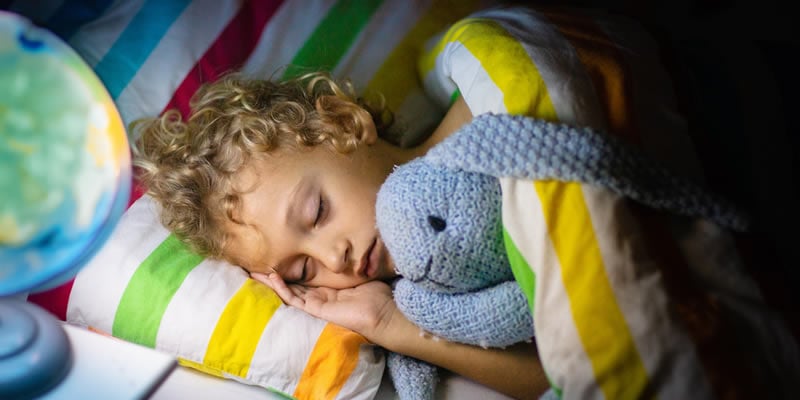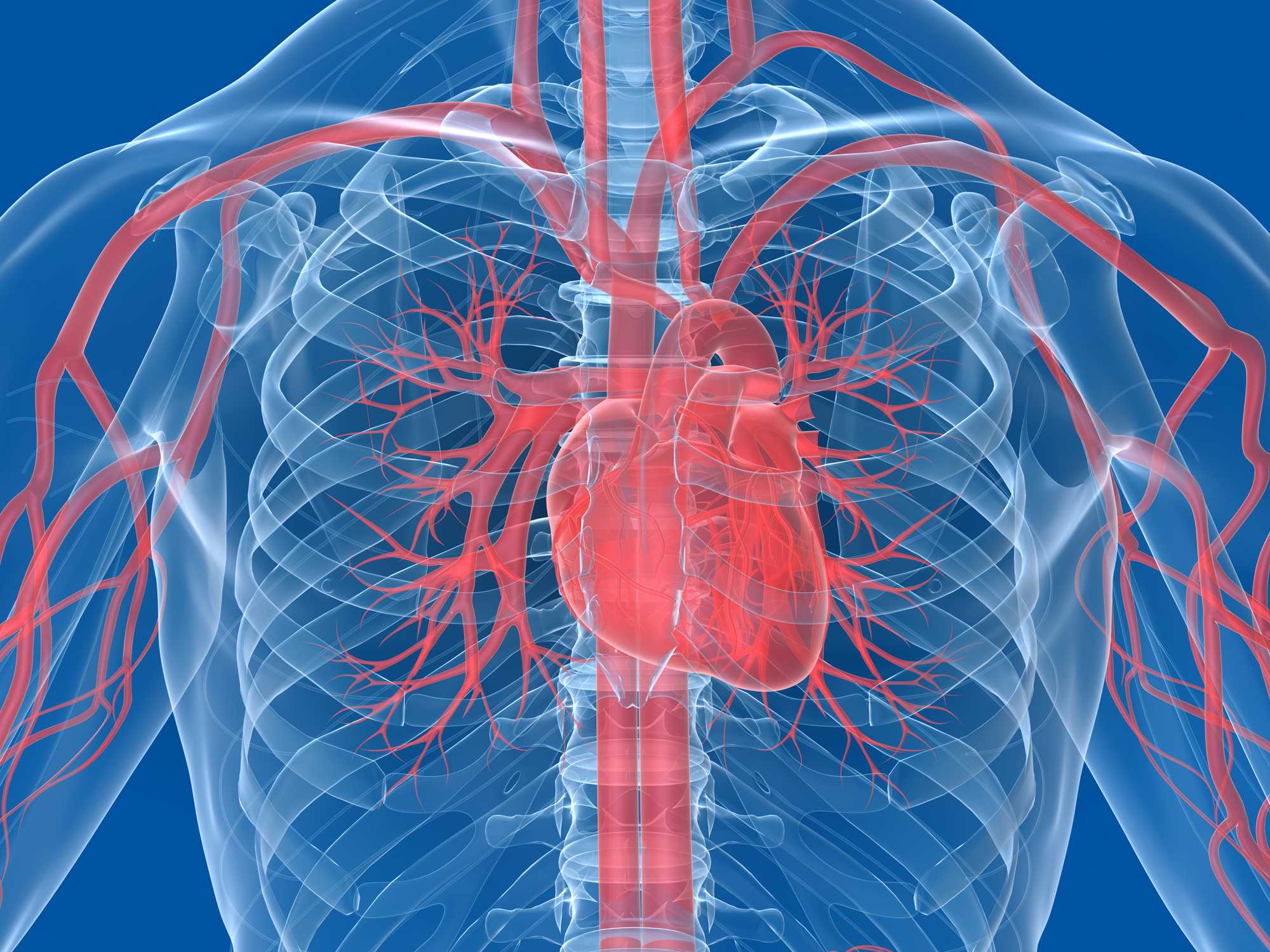A hypo happens when your blood sugar level drops too low (under 4.0 mmols/l on your blood glucose meter). Read this with your parents so you know what the signs of a hypo are.
Hypo signs
Hypos can sometimes feel quite scary and may happen when you’re at school , at home or playing sports
You may feel one or more of the following hypo signs:
- Feeling tired
- Suddenly feeling either hot or cold for no real reason
- Feeling very hungry
- Having a headache
- Feeling sick
- A tingling feeling in your hands, lips or tongue
- Not being able to think or talk properly
- Feeling weak and finding it harder to move than usual
- Not feeling in a good mood
Treating hypos
If you feel low on sugar, have something sugary to eat, such as:
- 3 or 4 glucose tablets
- Some sweets
- A few sugar lumps
You can have a sugary drink but it’s easy to drink too much when low so it’s often best to stick to sweets and sugar.
Unless you have a hypo just before a meal, it’s worth having a little bit of longer acting carbs to stop you going low later on. Longer acting carbs could include crackers or a piece of fruit.
Hypos can happen to people with type 1 or type 2 diabetes
Low or high?
You may also feel some of the hypo signs when you have high sugar levels as well, so if you feel well enough to, it’s worth doing a blood test to see what your sugar levels are.
After a hypo
After some time has passed since the hypo you may need to test your sugar levels to see how your sugar levels are.
Night time hypos
You can go hypo at night some times.
If you wake up still feeling very tired or with a headache, it could be that you’re having hypos during the night. If this is happening let your parents or doctor know.
If you are having hypos during the night your doctor or parents may change your insulin dose or you may need to have a snack before bed to keep your sugar levels going low.

New words to remember:
Hypo, hypoglycaemia, glucose tablets, headaches, carbs





